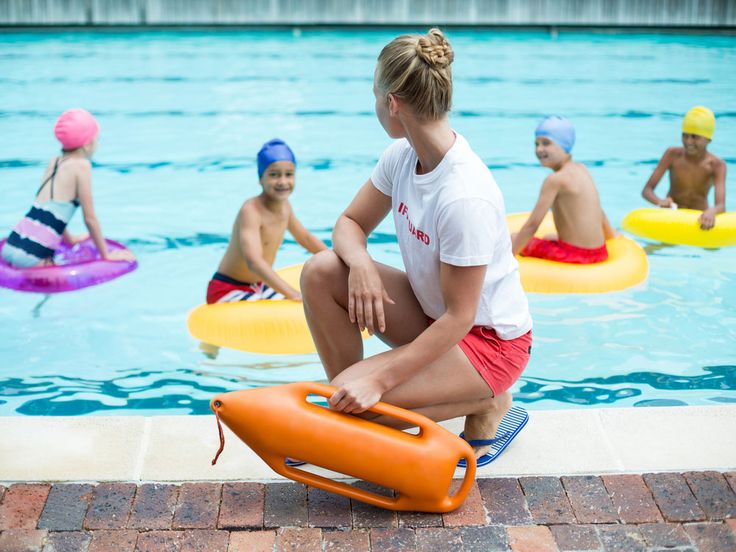Lifeguards play a vital role in ensuring the safety of swimmers and beachgoers. However, there are many misconceptions about what lifeguards do and what their jobs entail. Let’s dive into some of the most common myths and shed light on the realities of being a lifeguard.

1. Lifeguards Just Sit and Watch
Misconception: Many people believe that lifeguards spend their entire shifts lounging on the pool deck or beach, simply watching over swimmers.
Reality: While lifeguards do monitor swimmers, their responsibilities extend far beyond just observation. They are trained to recognize potential dangers, enforce safety rules, and remain vigilant for any signs of distress lifeguard. Lifeguards actively scan their designated areas and are constantly assessing conditions, such as weather changes, water quality, and the behavior of swimmers.
2. Lifeguards Are Just There for Show
Misconception: Some individuals think lifeguards are merely present for appearance’s sake, as a precaution that is rarely needed.
Reality: Lifeguards are crucial first responders in emergency situations. They undergo rigorous training in water rescue techniques, first aid, and CPR. Their presence alone can deter reckless behavior and promote a safer swimming environment. In fact, lifeguards save countless lives every year by responding swiftly to emergencies.
3. Lifeguards Only Rescue Swimmers
Misconception: It’s common to assume that lifeguards are only responsible for rescuing drowning swimmers.
Reality: Lifeguards handle a wide range of situations, including preventing accidents, administering first aid for injuries, managing crowd control, and responding to emergencies such as heat exhaustion or dehydration. They must be adaptable and ready to address various issues beyond just water rescues.
4. Lifeguarding Is a Summer Job Only
Misconception: Many believe lifeguarding is strictly a summer job, limited to outdoor pools and beaches.
Reality: While many lifeguards work during the summer months, lifeguarding opportunities exist year-round. Indoor pools, water parks, and fitness centers often employ lifeguards throughout the year. Additionally, lifeguards may participate in training sessions and certifications during the off-season to maintain their skills.
5. Lifeguards Don’t Need Advanced Training
Misconception: Some people think that being a lifeguard only requires basic swimming skills and minimal training.
Reality: Lifeguards undergo extensive training, which includes not only swimming proficiency but also lifesaving techniques, first aid, CPR, and emergency response protocols. Many certifications require ongoing education and re-certification every few years to ensure lifeguards stay updated on the latest safety practices.
6. Lifeguards Are Just Young People
Misconception: There’s a stereotype that lifeguards are primarily teenagers or young adults working a temporary job.
Reality: While many lifeguards start in their teens, the profession attracts individuals of all ages. Lifeguards can be college students, career changers, or even retirees looking to stay active. The commitment to safety and the skills required transcend age.
7. Lifeguards Have It Easy
Misconception: Many believe that lifeguarding is an easy job with minimal stress.
Reality: Lifeguarding can be a demanding and high-stakes job. Lifeguards must remain alert for long periods, make quick decisions in emergencies, and manage the safety of large groups of people. They often work in challenging environments, including extreme heat or cold, and must be prepared to handle any situation that arises.
Conclusion
Understanding the realities of lifeguarding helps to appreciate the dedication and training that these professionals commit to ensuring public safety. Lifeguards are not just watchful eyes; they are trained, prepared, and ready to act in emergencies. By dispelling these common misconceptions, we can foster a greater respect for the important role lifeguards play in our communities and aquatic environments.